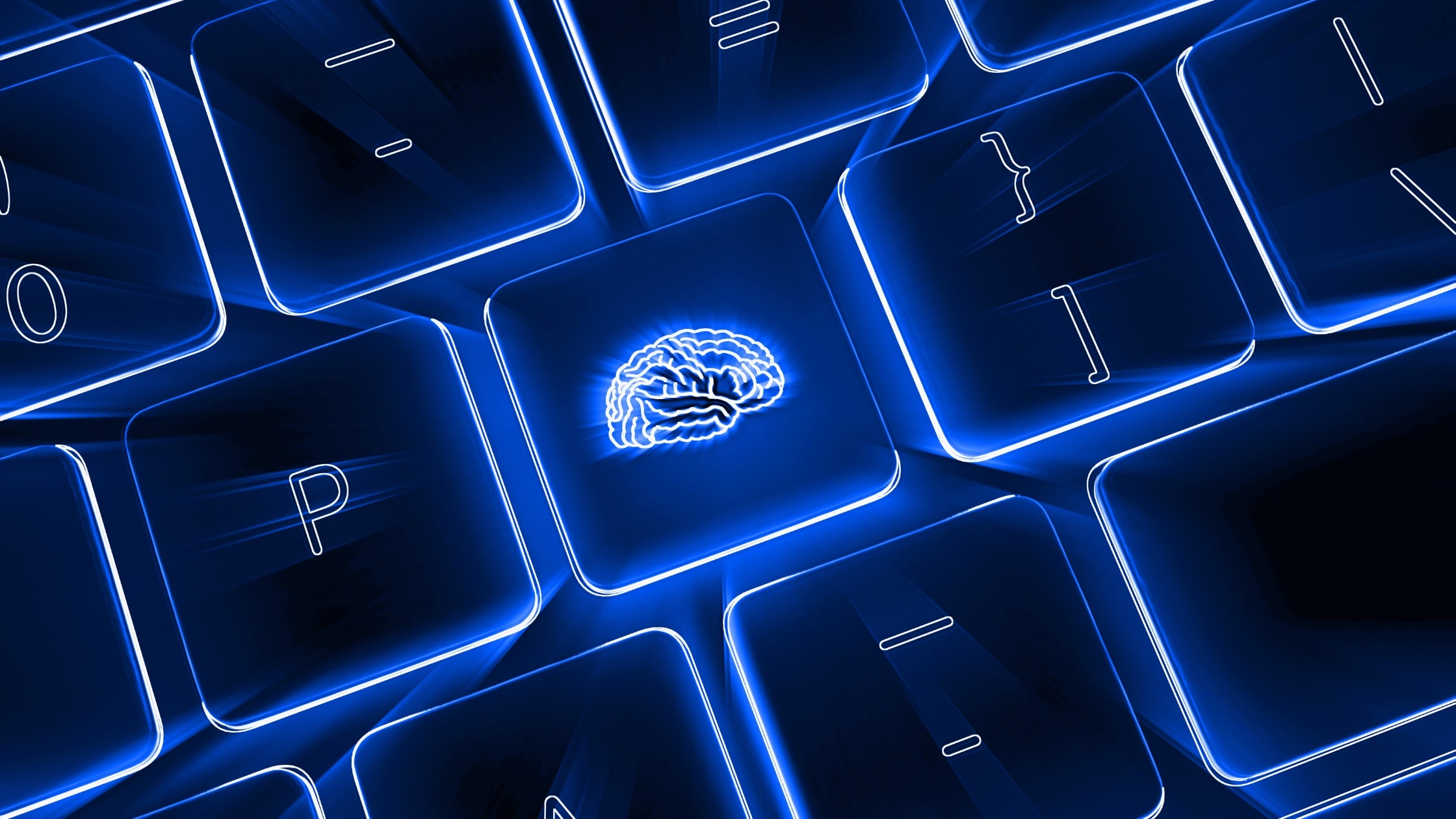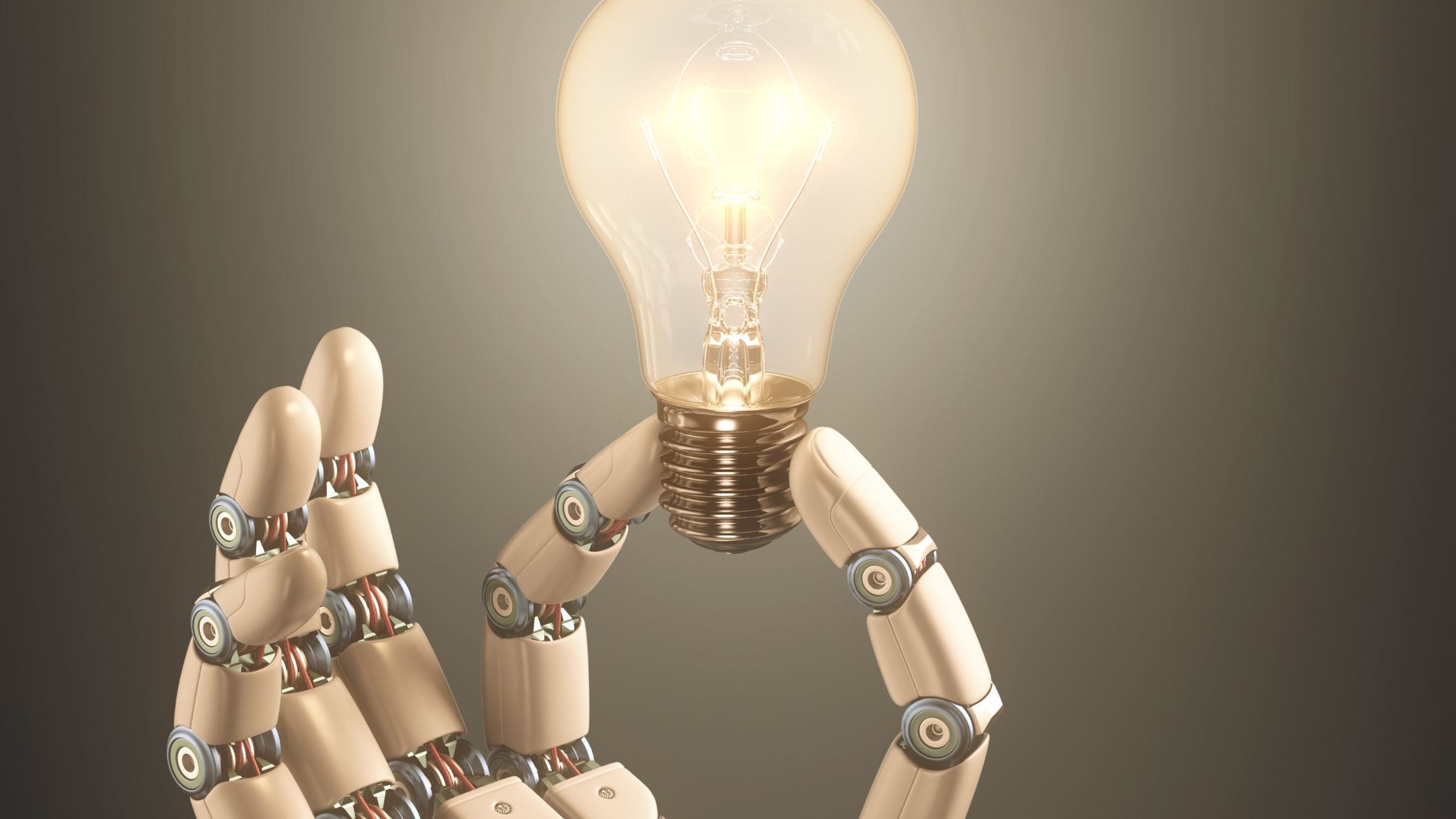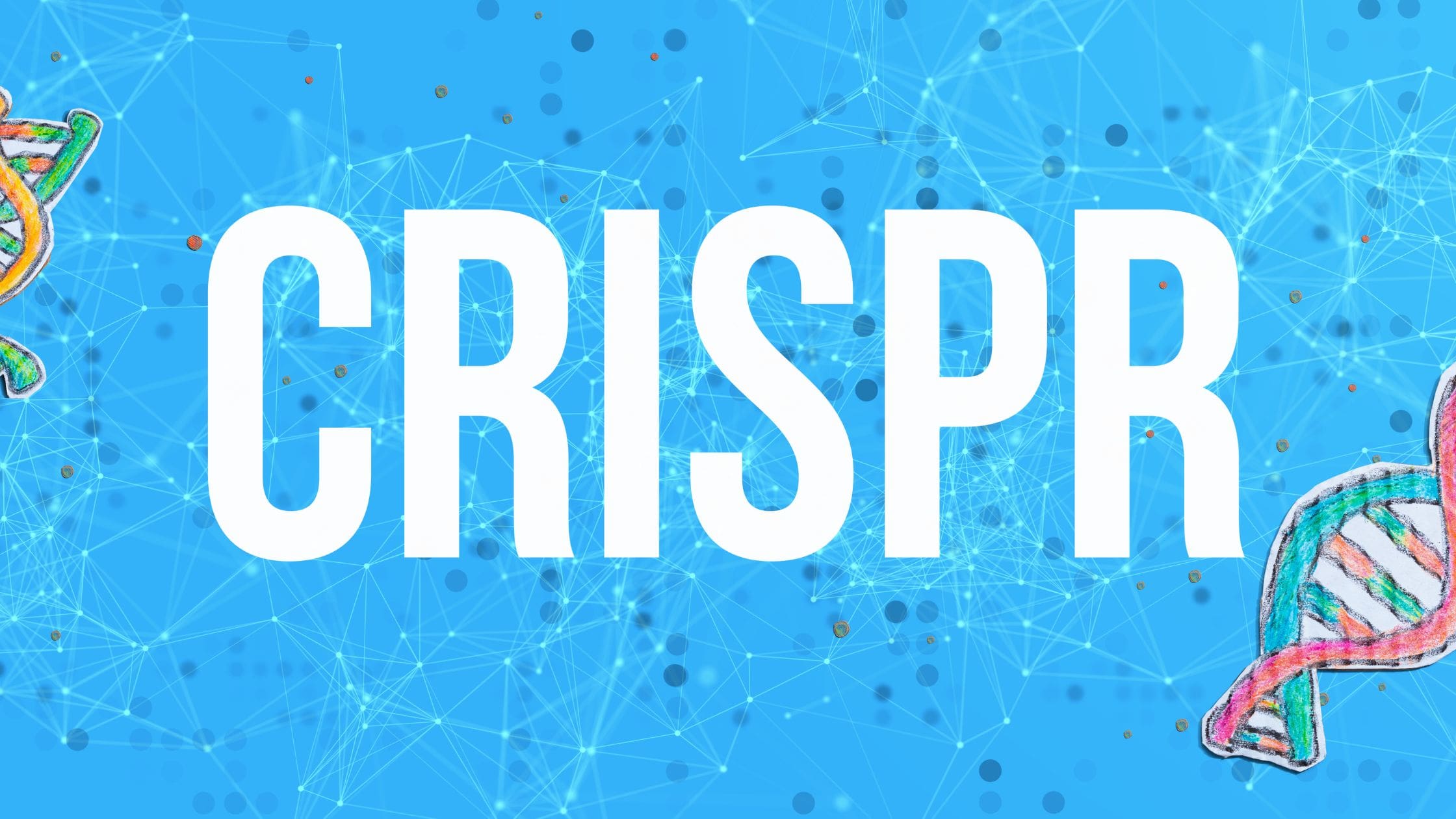Wearable technologies, from fabrics to lenses, are becoming more common in our everyday lives. Layered biometric data, audio interaction and visual processes are making our use of technologies like VR and smart watches more intimate than ever before. But, in the future, the connection between human and technology could become closer than we could have possibly imagined.
Brain-computing interfaces (BCIs) are on the rise. BCIs connect to a human’s brain either externally or internally, reading brain activity and processing the activity into information. This innovation is also supposed to communicate information back to the brain. The power that BCIs have to evolve and accelerate human intelligence is exciting for technologists, but what does the future hold for humans, our businesses and our technological system? Are we ready for the change?
How BCIs will Benefit Us
BCIs are offered in two forms: invasive and non-invasive. Invasive BCIs, like Neuralink, require surgery as they’re implanted into the brain and connect electrodes to neurons that measure brain function. Surgery requires doctors to drill into the skull to embed the BCI devices and high-precision robots that delicately attach microscopic electrodes to the brain’s neurons. Invasive BCIs are better at capturing data and can be implanted in various areas of the brain. Thus far, there have been successful treatments of spinal cord injuries, the control of prosthetic limbs and even have been used to treat depression.
Non-invasive BCIs don’t require surgery, but noisy signals from EEGs and infrared devices worn on the head. AI is a tool used in tandem with these devices as it isolates the brain’s signals, capturing and analyzing them into signals back into the brain.
Currently, Neuralink (Elon Musk’s BCI startup) has entered the spotlight by demonstrating how their device can read and write information to a pig’s brain in August. Many neurologists downplayed the company’s display in the area of advancing neuroscience, stating that although the technology was advanced, it had a long way to go before humans could control inanimate objects with their minds. However, Musk promises that Neuralink will start human trials by the end of 2020 with the goal to treat people who have severe neurological disorders.
The Evolution of BCIs
If BCIs can achieve making sense of brain activity in the distant future — and if humans can adapt to the technology — we may experience scenarios we once thought impossible. It would be similar to having telepathic communications with loved ones, or instantly access computational knowledge. We could even playback memories and it would be like immersing yourself into a world of virtual entertainment. These scenarios are inspiring not just futurists, but the researchers and technologists behind the innovation.
In the book, Artificial You, researcher and author Susan Schneider delves into what creation centers for mind design would look like in the future. She mentions how designated brain chips allow us to experience our innermost thoughts, with different chips giving you the ability to master a state of peace or another chip to provide you with expert-level mathematical abilities. Humans could order a single enhancement or a bundle of several ones.
Another futurist and technologist, Brian Rommele, described his predictions for the future of brain computing. He calls it a holographic crystal memory that holds petabytes of data, or three lifetimes equivalent of video. He explains that from the moment we’re born, this data can give users a personal set of information that can help them create a better context and foundation for understanding themselves and building more intelligence.
Of course, that’s the optimistic outcome of the future with BCIs — where users are in control and the applications installed on them. There are many ongoing questions as to how we can achieve this positive future. We need to find solutions to important questions like who will own the data in our brains? Will it be bought and sold by data brokers like our personal information is currently used today? Will brain activity surveillance be prominent (like to make sure you’re paying attention at work)? BCIs may also have put brains at risk of data hacking? Like with any new technology, these questions will have to be answered before BCIs become popularly adopted in the future.
The more connected modern technology becomes, the more significant unresolved issues surrounding privacy, security and closed ecosystems become. We can’t determine how BCIs will evolve in the future, but similar to today’s technologies, we are likely to continue to grapple with the philosophical questions that BCIs pose as they develop. Many experts today are entering discussions about BCIs impact and how it will impact humans. As we develop BCIs, the industry must ensure continued focus on security, privacy, and reducing AI bias; while looking to the humanities as a constant touchstone. To make modern technologies truly successful, particularly those embedded within our own bodies, humanity will need to remain the ultimate framework for BCIs to build upon.




